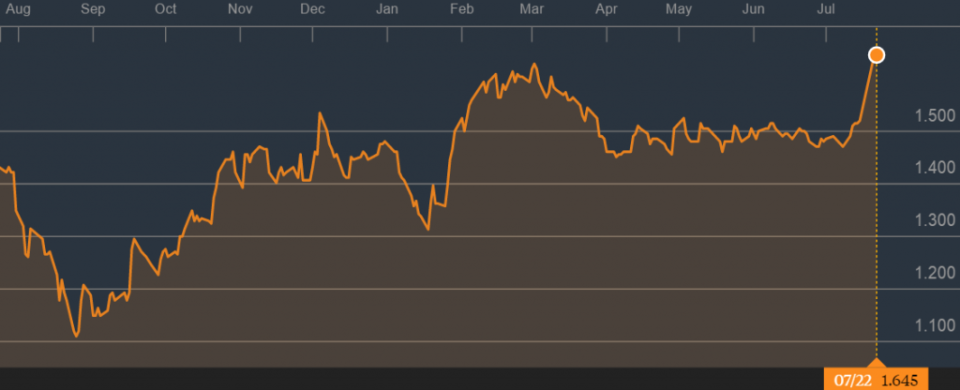5 Things You Need To Know about SMRT’s Privatisation
Source: SMRT, Bloomberg
Last week, Temasek Holdings’ privatisation of SMRT hogged the headlines. This had come after the troubled train operator’s struggle to maintain its operation standard due to breakdowns. In all, here are five key points that we think every investor should know about the privatisation.
1. How Much Will Investors Receive?
Temasek will be acquiring SMRT through its wholly-owned subsidiary, Belford Investments. They proposed to purchase all issued ordinary shares of SMRT in a way of a scheme of arrangement at $1.68 per share. Shareholders will also be entitled to a final dividend of $0.025 for FY2016. However, there will not be any special dividend given out to its shareholders.
2. The Approvals Needed
Currently, Temasek Holdings is the largest shareholder of SMRT with 54.3 percent of all issued ordinary shares. SMRT will need to hold a special shareholders meeting and have a 75 percent approval to go through with the privatisation. Temasek will not be eligible to vote on the decision.
Given the nature of SMRT’s business, there are more approvals required besides the shareholders’ approval. The High Court of the Republic of Singapore will need to sanction the scheme while SGX will need to approve of its delisting.
3. Why the Privatisation?
The key word for the privatisation is “Profit”. As a public company, SMRT is under pressure to deliver profit to its investors, which may take the priority away from delivering high-quality rail services to commuters. In order to improve its reliability, SMRT needs to spend more money in its maintenance, though doing so might in turn sacrifice its near-term profitability, or even result in a short-term loss.
In the event of privatisation, SMRT is likely to sacrifice its short term profitability to focus on maintaining its service standards. In addition, as a private company, SMRT will not be subjected to listing requirements.
4. What Does It Mean For Investors?
This privatisation will give investors a chance to monetise their investments. SMRT has been long under pressure by the government to improve the service standards of its train operations. Prior to this, the street has not been optimistic about the stock and had only given it a target price range of $1.10 to $1.45. An offer of $1.68 has been viewed by analysts as a fair offer.
5. Should Investors Accept The Offer?
Analysts from various research houses such as RHB Research and OCBC Investment Research recommend investors to take the offer as they felt that the earnings upside of the stock is limited due to regulatory framework. Based on the research report from UOB Kay Hian, the offer is generous given that the offer price is 27.5 times of the implied FY2017 price-earnings ratio and a dividend yield of 2 percent.

 Yahoo Finance
Yahoo Finance 

